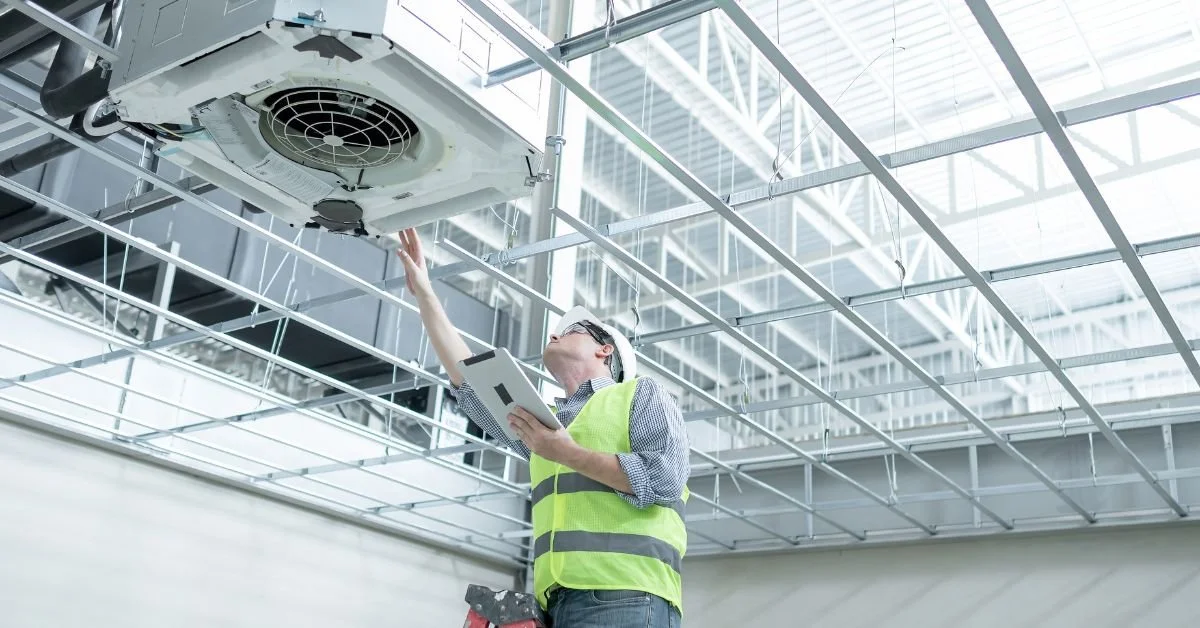Insider's Guide to Commercial Property Development in NYC: 5 Things to Watch For
Commercial real estate properties, especially in NYC, can generate a large amount of income for property developers. However, a large city like New York can only be infiltrated by the most knowledgeable investors. Here’s what you should learn before developing properties in NYC.
1. How to Manage Commercial Property Development in NYC
Whether you're a part of a team or a solo developer, you’ll soon take on so many projects that it will be hard to keep them straight. This is even more true with commercial property developers, who often have to juggle longer leases, expensive maintenance, and costly emergencies.
To make it big in the big apple, you have to work smarter, not harder, which is where commercial real estate software comes into play. Software tools, such as Northspyre, can help large-scale developers manage the most complex projects by leveraging automation and data analytics.
This can save you a significant amount of time and expense in the long run, as you’re more likely to meet your budget without going over, thus reducing the occurrence of project overruns.
2. How to Get the Highest Capitalization Rate on Your Property
A commercial property investment can generate a high return but are often more expensive and take a while to see a profit. Sellers may insist on a higher down payment, which can come as a surprise when you already have to deal with a high-interest rate on commercial loans.
To get the highest capitalization rate on your commercial property, you have to be aware of what the market wants. For instance, retail wants to create a customer experience to compete with online stores, and Midtown is willing to sell commercial land for less if you’re building offices.
3. How to Assess the Price of Different Commercial Utilities
New York City businesses pay some of the highest prices for electricity in the nation. A retail business will spend 0.16 cents per kilowatt-hour on average, which is 0.04 more than the national average. If possible, you’ll want to purchase a building that doesn’t rely on electricity.
At the same time, you should avoid buildings that use fuel oil for heat, as you’ll need to store heating oil or plan deliveries. Natural gas is a common, low-cost alternative to both electricity and fuel oil, but it isn’t environmentally friendly and will likely be phased out in the next decade.
For these reasons, search for a commercial property that uses steam. Steam is cheaper than natural gas, can sterilize, offer humidification, and is more economical for high-rise buildings.
4. How to Rent and Lease Out Office Space to Business Owners
Renting or leasing out commercial business space is a great idea because you can develop a professional relationship with your tenants. Instead of a rental contract, small businesses or a large branch of a company will execute a lease, which offers you more negotiation power.
What’s more, commercial tenants tend to keep the property clean and well-maintained, making it more likely your investment will appreciate. You can make a lot of money renting out office space to businesses, but you need to get familiar with leasing laws within New York City.
5. How to Conduct a Property Assessment of Existing Buildings
New York City developers are taking on a lot of risks when they invest in a commercial property. Many of the buildings in New York are very old, and some of them are designated cultural landmarks, so you have to conduct a property assessment to ensure your investment is sound.
Developers should conduct an electrical, structural, and HVAC assessment, but to judge the total value of your assessment, you need to use the right valuation method. The cost approach (“what would it cost to replace this asset?”) is one of the most common and reliable methods.
However, if you’re generating income through lease payments, you would use the income approach. This helps you estimate your future expected revenue minus estimated expenses.







